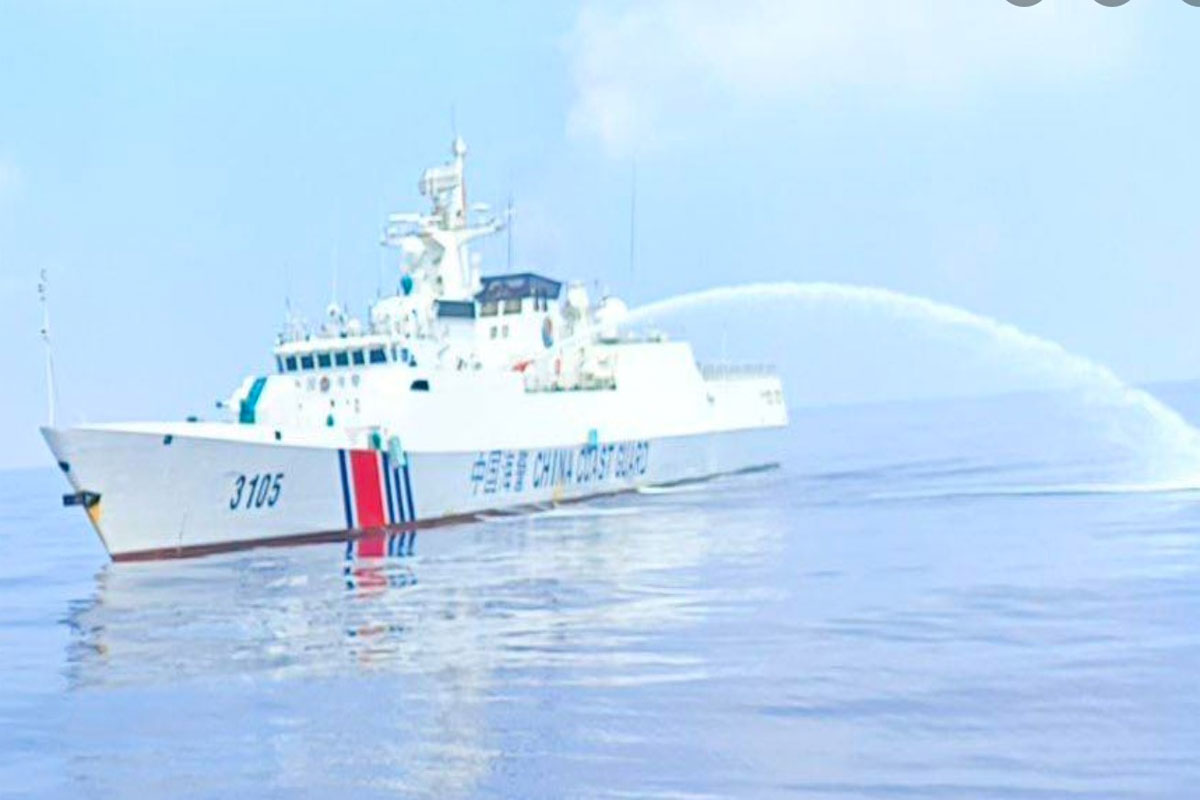
Rail transportation: A bright future
 THE December gridlock in Metro Manila underscored once more the importance of bringing back to life the country’s rail-based transportation system.
THE December gridlock in Metro Manila underscored once more the importance of bringing back to life the country’s rail-based transportation system.
The nearly five-hour drive from south of the metropolis to the Quezon City area at the height of the pre-Christmas shopping rush and celebrations made us realize that even our skyways may not be able to provide relief to motorists and commuters locked up in this phenomenon called “carmageddon”.
What provided some relief was the recent announcement by Department of Transportation Secretary Jaime Bautista that the agency “is committed to finishing the North-South Commuter Railway (NSCR) on time.”
“It (DOTr) is on track to complete the NSCR by 2029,” he told media in a briefing.
Bautista said that the NSCR “is set to open the gates for the revival of the country’s rail sector, at the groundbreaking of the Alabang to Calamba segment of this multi-billion transportation infrastructure project.
Bautista gave the assurance that his department is “forging ahead, overcoming every challenge, because we know meeting the project’s deadlines will lead to a game-changing rail system that will transform lives”.
For our readers who are not yet familiar with the NSCR, this is the planned rehabilitation and improvement of the 147-kilometer railway that runs from Calamba City Laguna in the south to Clark in Pampanga.
Once completed, railway commuters boarding in Calamba and who intend to take their flights at the Clark International Airport can get there in just about two hours.
We understand that part of the plan is the installation of an “airport express”. This train will not make stop-overs in the various stations and which should get commuters to the Clark Airport from Calamba in less than two hours.
According to the DOTr, that express train will run at 160 kilometers per hour. This means business executives based in Makati may soon opt to use that airport and get there comfortably in less than an hour.
This project is backed by two international agencies: the Asian Development Bank and the Japan International Cooperation Agencies.
The project was sealed under previous administrations. The good news is that the current administration, despite merely inheriting the project, did not allow it to go the way of some major flagship projects.
It appears that “continuity” is one of Bautista’s operating principles in his current post. This is the advantage of having a department head who had an extensive experience running a private sector entity. Bautista used to head Philippine Air Lines.
We agree with Bautista that the start and completion of the NSCR will be a game-changer.
The public now has hope that in the Christmas seasons to come and the “carmageddon” phenomenon sets in, the commuting public will have other options. On this score, the Philippines can inch closer to the level of mass transportation efficiency of our neighbors like Singapore, Taiwan and Hongkong which rely heavily on rail transportation.
We understand that the start of the NSCR project takes place as other rail projects are commencing. We are also looking forward to the completion of the current Metro Manila light rail transit projects and the start of similar projects still in the drawing board.
Yes, the prospects are bright for the rail transportation sector. It will take a few more years and the mere thought of these prospects should give a suffering public both hope and a sigh of relief.





























